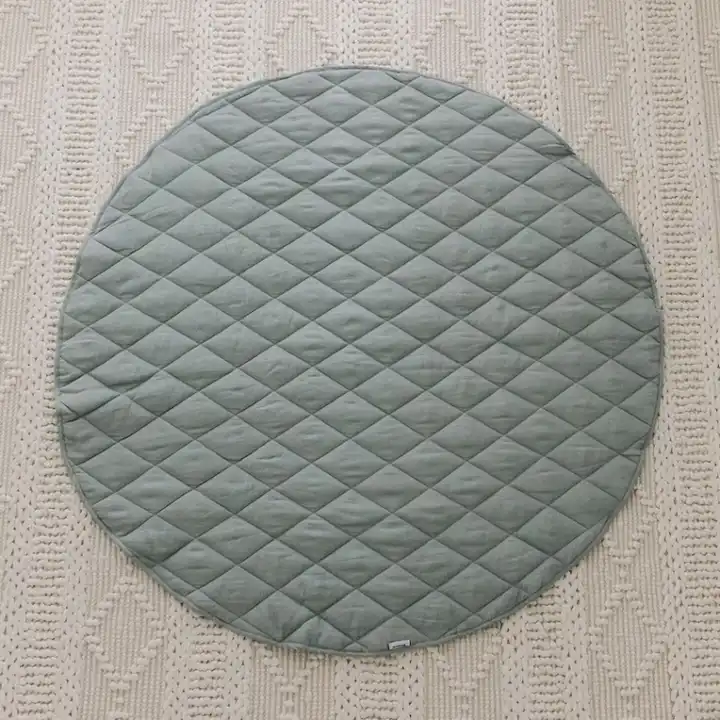Traditional Napkin Service Techniques for Elegant Dining Experiences
12 月 . 04, 2024 13:38 Back to list
Traditional Napkin Service Techniques for Elegant Dining Experiences
The Art of Traditional Napkin Service
In the world of fine dining and refined hospitality, the details matter profoundly. One critical element that often goes unnoticed yet plays a significant role in the dining experience is the service of napkins. Traditional napkin service is not merely about providing a piece of cloth for the guests; it is an art form that reflects elegance, attention to detail, and respect for the diners.
Historical Context of Napkin Service
The use of napkins can be traced back to ancient civilizations, where practicality and decorum dictated the culture of dining. In formal settings, the napkin evolved into a symbol of respect for both the meal and the guest. Napkins were often made from linen, a fabric that embodies luxury and refinement. Today, this tradition persists, underscoring the importance of presentation and etiquette in dining.
The Types of Napkin Folds
One way that traditional napkin service elevates the dining experience is through the various folds and displays of the napkin. Each fold has its own character and purpose, contributing to the overall aesthetics of the table setting. From the simple yet elegant basic fold to the intricate crown fold or rose fold, the choice of design can dramatically influence the ambiance of the dining environment.
For instance, a well-executed pocket fold not only enhances visual appeal but also serves a functional purpose, providing a space for utensils. The creative possibilities are vast, and skilled servers often take pride in their ability to impress guests with their folding craftsmanship.
The Role of Napkins in Formal Dining Etiquette
traditional napkins service

In traditional dining etiquette, the napkin holds a place of significance. Upon being seated, guests are often guided by the host’s lead on how to handle their napkins. A common practice is to place the napkin on one’s lap, signaling to all present that the meal is about to commence. This gesture shows a level of decorum and consideration for one’s dining companions.
Furthermore, the manner in which a diner uses the napkin can communicate respect for the meal and for those sharing the table. It is customary to dab one’s mouth rather than wipe it, and napkins should never be used as a tool for draping or flailing. After the meal, guests typically leave the napkin loosely folded on the table, suggesting they were pleased with their dining experience.
The Implication of Material and Design
The choice of material for traditional napkin service is equally essential. While cloth napkins made from high-quality linen remain the gold standard, the color and pattern can also enhance the dining experience. Crisp white linens evoke a sense of formality, while softly colored or patterned napkins can add a touch of warmth and personality to the table setting.
Hospitality venues also consider the context of their service when selecting napkins. A cozy bistro might opt for more casual prints, whereas high-end restaurants typically stick to classic colors and designs that denote sophistication and professionalism.
Conclusion
Traditional napkin service is a harmonious blend of history, etiquette, and artistry. It has the power to transform an ordinary meal into an extraordinary dining experience, creating an atmosphere of refined elegance. As modern dining trends evolve, it is essential to remember the traditions that have shaped our culinary culture.
In a world where rapidity often overshadows hospitality, the tradition of napkin service serves as a reminder to appreciate the finer details. By embracing these customs, restaurants and diners alike can cultivate a more respectful, enjoyable, and memorable dining experience. The napkin, in its simplicity, serves as a poignant symbol of consideration, care, and the timeless elegance of dining traditions.
-
Wholesale French Organic 100% Linen Pajamas & Loungewear
NewsJul.20,2025
-
Premium Napkins Linen - OEM, Discount & High Quality Scalloped Edge White Linen Napkins
NewsJul.08,2025
-
Premium Blackout Linen Curtains for Bedroom OEM & Discount Options
NewsJul.08,2025
-
Premium French Pleated Curtain Supplier OEM Available & Discount Price
NewsJul.07,2025
-
Custom Wedding Napkins Wholesale Embroidered Hemstitch Linen Napkins Personalized Cocktail & Table Napkins for Weddings
NewsJul.07,2025
-
Bamboo Pillowcase – 100% Bamboo Fiber Luxury Deep 17” Fit & Eco-Friendly Comfort
NewsJul.07,2025
